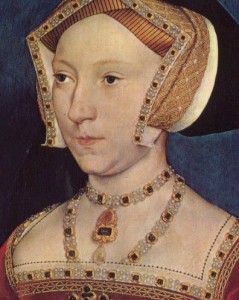 On this day in history, 2nd June 1536, Jane Seymour, who had married King Henry VIII on 30th May 1536, made her first public appearance at Greenwich Palace.
On this day in history, 2nd June 1536, Jane Seymour, who had married King Henry VIII on 30th May 1536, made her first public appearance at Greenwich Palace.
Jane’s predecessor, Anne Boleyn, had been executed on 19th May 1536, just two weeks earlier, so I wonder if Jane’s first appearance as queen caused a stir. Everything had happened so fast and there surely must have been some tongues wagging.